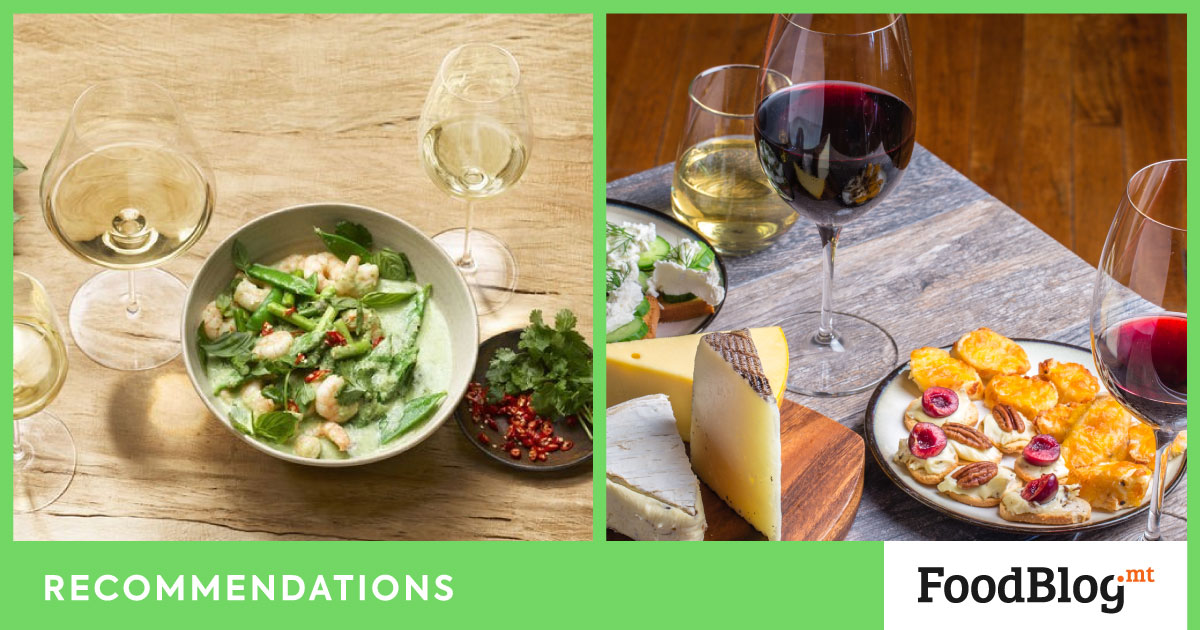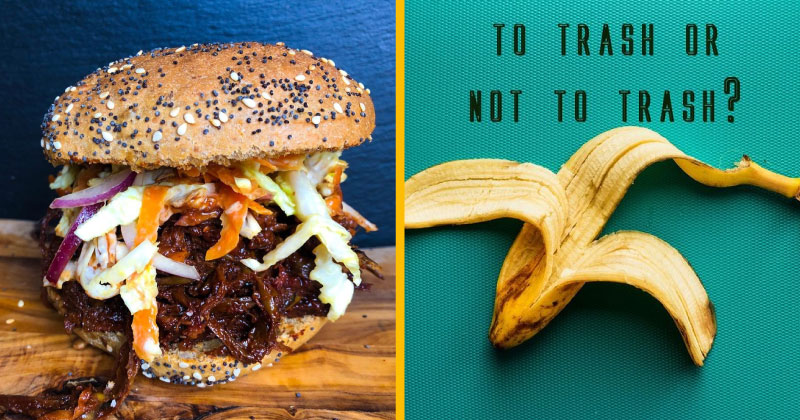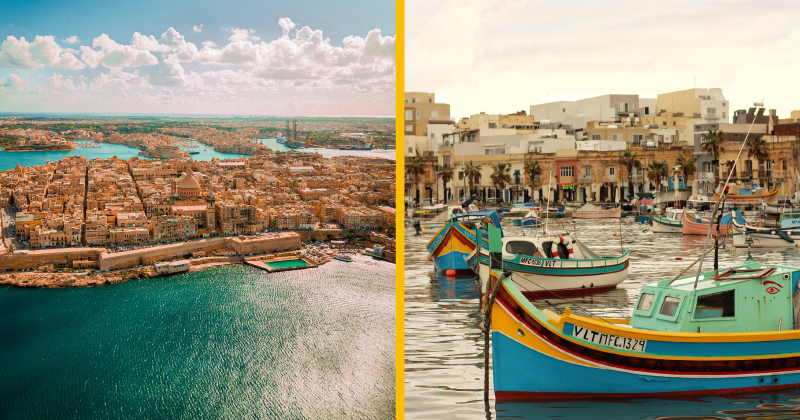The Guide to Wine Pairing 🍷

The majority of us aren’t very fluent when it comes to different types of wines and how they pair with foods, and we often just go for what we enjoy the most. Learning to select the right wines for your dish will help you enjoy the wine’s flavour to the fullest, and improve your dining experience in general. So read on for some guidelines, with which you can test out new wines and pairings, and maybe even find some new preferences. 🤔
Flavour profiles play a huge role
When pairing wine with food, the rule of thumb is that the wine should be more acidic than the food. It should also be sweeter, but have more or less the same flavour intensity in terms of boldness. Hence the main guide which we’ve all heard before: red wines pair with red meats whilst white wine pairs with white meats and fish. This is also due to the fact that the bitterness of red wines is balanced with fat. Also, you must take into consideration the kind of sauce your dish will have and the flavour profiles in this. 🍲
Pairing red wines is a matter of flavour congruence, such as that of pairing mushrooms with beef. Pairing white wines (and rosé and sparking) will on the other hand produce a contrasting yet complementary flavour pairing, such as that of lime and coconut. 🥥
What we mean by congruent and contrasting pairings is that while both result in flavours which go well together, congruent tastes have many similarities, and amplify each other’s flavour profiles and aromas; whilst contrasting tastes have few common features, but the two balance each other out.
Bitter tones also make a difference
Taking the above into consideration, let us delve into some more detail. Red wines have a bitter flavour profile. Bitterness clashes with acidity and spice, due to them all being high-intensity flavour components. Thus, red wines may be paired with fatty, salty and sweet foods. 🍷
Some categories of red wines, examples of them and their suggested food pairings:
Full-bodied red: Cabernet Sauvignon, Syrah - lamb, beef, meaty pasta sauces, hard cheeses
Medium-bodied red: Merlot, Grenache - pork, barbeque, noodles, fried foods
Light-bodied red: Pinot Noir - salmon, lamb, veal, duck, cream sauces, mushrooms
Fun Fact: Red wine is high in tannins, a compound which results in a bitter taste. When pairing steak with red wine, the rarer the meat, the more tannins it can take on. So if you like your steak rare, go for a wine with bold tannins, like Cabernet Sauvignon.
What about the acidity?
White, sparkling and rosé wine are on the acidic side, so they would in turn clash with bitter and spicy foods, but pair well with the other flavour profiles. White wine is sweet more than anything, so it will not clash with any basic flavour but rather go well with all salty, spicy, acidic, bitter and fatty foods. Some white wines and their suggested food pairings:
- Medium/Full-bodied white: Chardonnay, Semillon - lobster, sushi, chicken, soft cheeses
- Light-bodied white: Sauvignon Blanc, Pinot Gris - meaty fish, scallops, vegetables
- Aromatic White: Moscato - flaky fish, shrimp, crab, duck, turkey, curries, spicy sauces
And dessert wines, what about them?
Wine is made of wine grapes, which are a thick-skinned, seeded, small and sweet variety of grape. The name given to wine types is indeed the name of the type of grape used to make it. Many variants of wine are sold as either a red or rosé; the same grape is used to make these two variants by using different processes. For rosé wine, the dark grapes are left to macerate (juiced and left to soak) with their skins, producing a distinct pink colour. Another example of rosé wine is Rosé d’Anjou, and the category pairs well with tuna, salads, and light pastas.
Dessert wines and sparkling wines are best enjoyed with appetizers, after a meal, or simply alone. But there are also some great food pairings for them:
- Dessert/Fortified Wines: Port, Sherry - rice, risotto, soups, fruits and cheeses
- Sparkling Wines: Champagne, Prosecco - oysters, caviar, cured meats, fruits and cheeses
In reality, the notion of what foods pair with what wines is a very flexible one, and categories overlap. Once you get to know your wines better, it’s up to you to decide how to pair them.
What’s your favourite food and wine pairing? Let us know in the comments below!









Comments